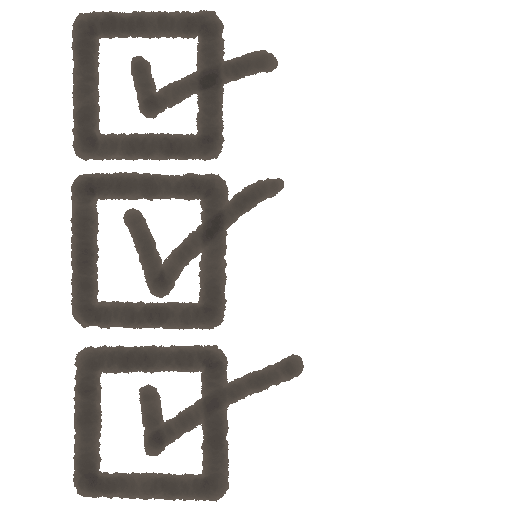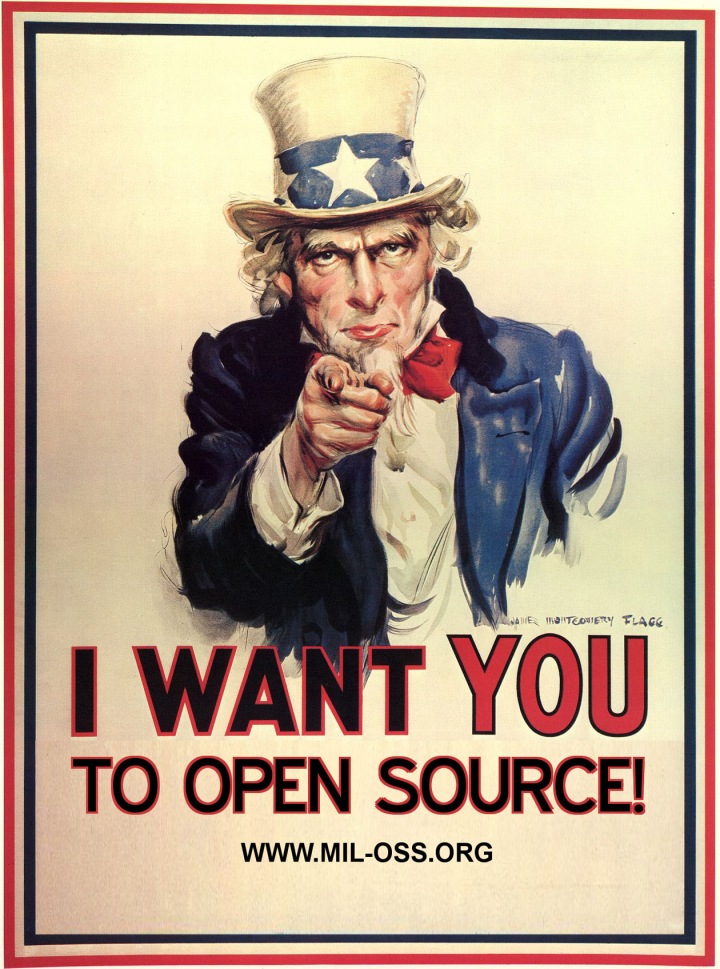This is my last post for this course, so I’m going to write a review of it, what I liked and disliked, and things that may help Ken to improve his classes as a teacher.
For starter, it was the first time I experienced this type of learning methodology, I think it was called flip-learning; in my opinion, is like a self study course where the student has total responsibility for his own learning. I really liked specially because all the topics were theoretical and you didn’t have to learn any kind of formulas, you just needed to understand the topics with your own words and to know what they were about, and thanks to the post we had to do, it helped us to express our knowledge with our own words.
What it helped the most was all the technological tools that Ken presented to us, I regret not taking notes of them at the start of the course, those will not appear helpful but you don’t know when you will need it. Any way, I took notes when the second partial started and now I ave a small list of things that may help me in the future.
Something that I dislike about the course was that sometimes it was boring, I don’t have any ideas of how to improve this, maybe it was boring because I didn’t pay attention correctly or because that particular class lacked of something. Sorry if this comment doesn’t help to improve the class.
But what I really liked was that Ken got us access to communicate with other people that have experience in software engineer, something that no teacher that I ever had, had done before.
Thank you Ken for being our teacher for this course, and I will place here a










